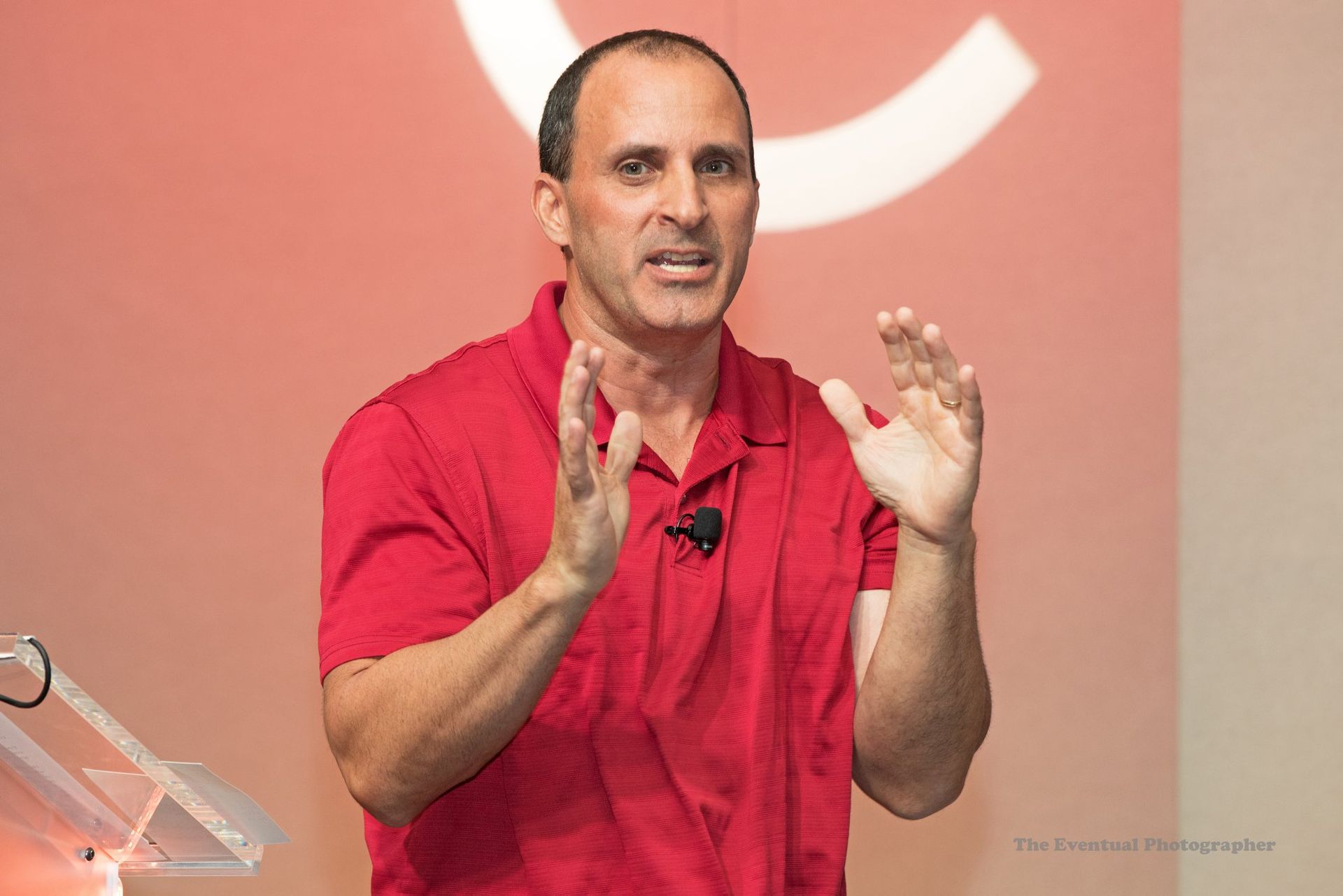You know the conventional wisdom: Shift your business -- and your customers' IT platforms -- from a CapEx to an OpEx model. Pay less up front, but generate predictable growth for years to come. No doubt, the IT spending pendulum continues to shift toward OpEx. But the pendulum won't completely swing to everything as a service.
The problem with OpEx involves hidden runaway costs within multiple business segments: Sales, finance, HR, marketing, IT, etc. It's sort of related to Shadow IT -- but it's even worse.
- The first round of Shadow IT concerns often involved security. As employees purchased their own devices and applications, they quietly exposed the business to numerous security and compliance holes.
- But the next round of Shadow IT increasingly involves those runaway cloud costs. Cloud bills -- often submitted on employee expense reports -- month after month. As MSPs and IT service providers, it's your job to help customers to get those costs under control.
Vendor Management Evolves
ConnectWise CEO Arnie Bellini called that "vendor management services" during the IT Nation conference several years ago. At the time, he was referring to broadband services, cell phone contracts and all the other recurring costs of running a business.
Fast forward to the present, and vendor management has expanded to cloud billing and cost management services. In short, it's time for partners to stop drinking the OpEx Kool Aid, and instead offer the reality check to customers. And it goes something like this:
- Cloud services are NOT about cost savings.
- Rather, they are about (A) speed to innovation and (B) predictable, scalable, elastic performance.
- If left uncheck, customers' addiction to cloud services will trigger runaway costs that few small business actually quantify and manage.
The OpEx costs will rise again as hardware as a rental and device as a service (launching from Hewlett Packard Enterprise) take hold. I'm not criticizing those OpEx offerings. Instead, I'm criticizing IT service providers and their customers for failing to fully audit all that spending, and the implications on long-term profits.
Emerging tools and platforms like include CloudMGR, CloudCheckr and CloudAbility can help service providers and their customers to get cloud costs under control. But this isn't another "magic tool" conversation.
Time to Truly Audit OpEx, CapEx IT Costs
Instead, service providers should be having strategic conversations with their customers. And those conversations should analyze both CapEx and OpEx technology costs. Be sure to search for the hidden OpEx costs -- often buried on employee expense reports. Once those costs are quantified, help customers to consolidate cloud platforms and get OpEx costs under control.
To be clear: OpEx isn't all good. But it also isn't all bad. Recurring costs, just like one-time costs, require careful management. And so far, I sense that IT service providers are failing to help customers get those OpEx costs under control.




